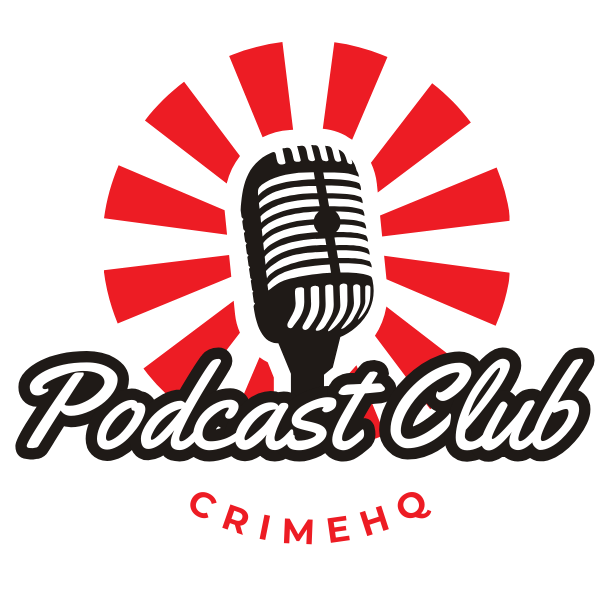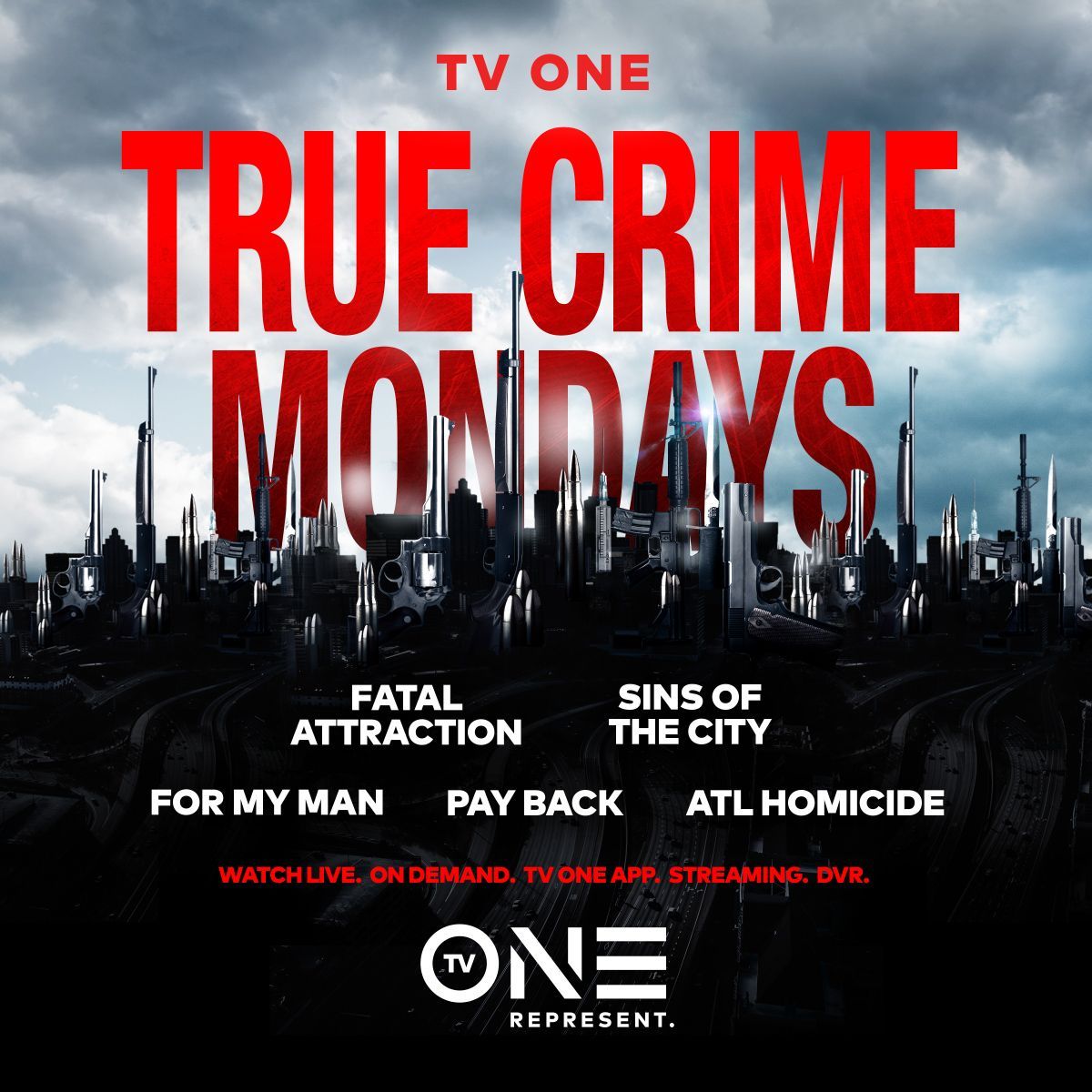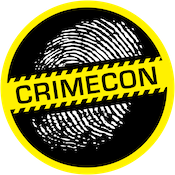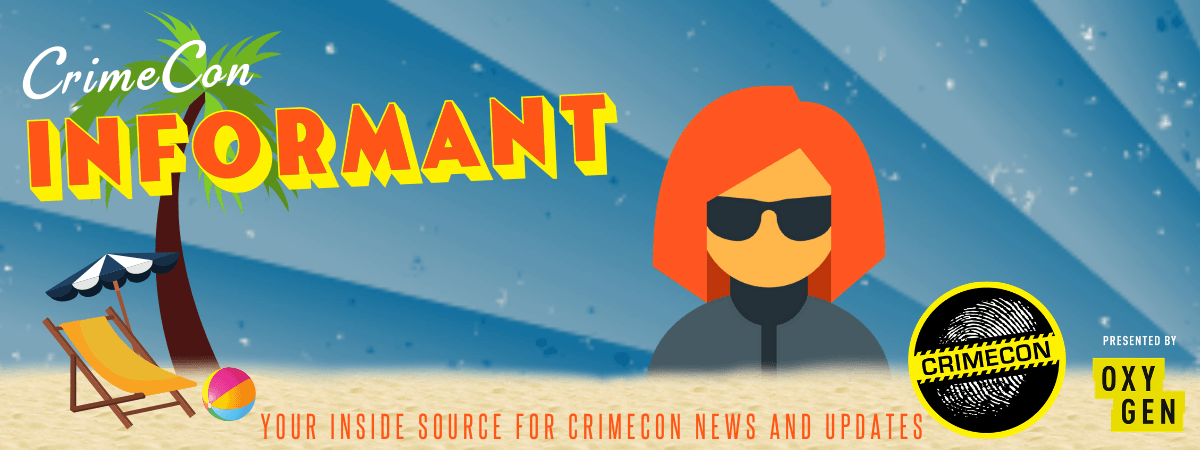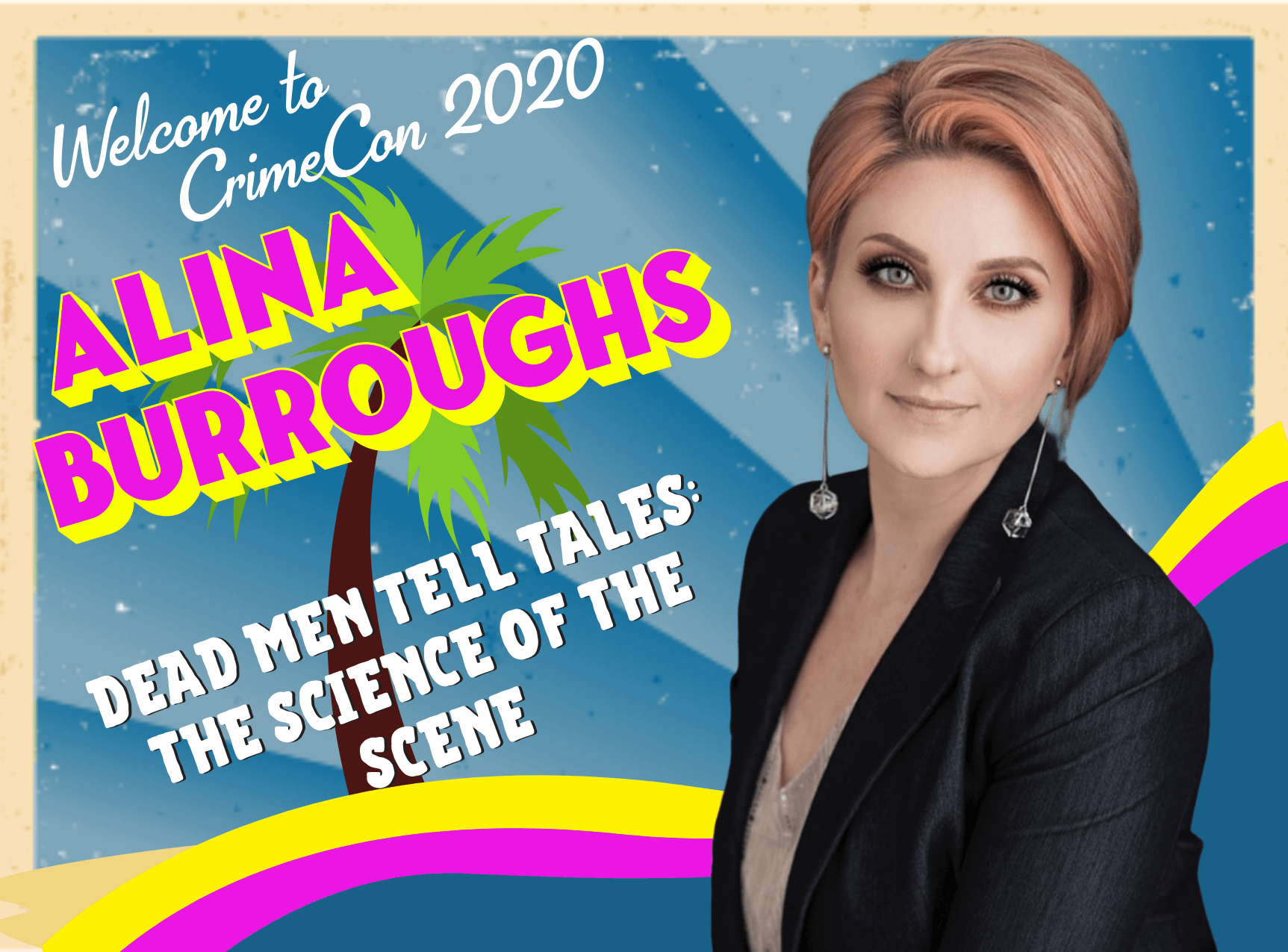Dead Men Tell Tales: The Science of the Scene
Forensics veteran Alina Burroughs Joins CC20
Alina Burroughs has one wish for the criminal justice community.
“I wish the public, the jury, and the media all had one hundred percent of the information,” she says. “As a crime scene investigator, we see ninety percent of the case. Only a small portion of that makes it to court or to the media, then the public forms an opinion based on fifty percent of that.” Overall, she says, she wishes juries were more educated on what to look for in homicide evidence rather than relying on scientists and legal jargon to tell the story. “Understanding those things can be critical in keeping killers off the street.”
She should know. Burroughs was one of the first CSIs to investigate the disappearance of Caylee Anthony, including Casey Anthony’s white Saturn. She also spent eleven days on her hands and knees at the site where Caylee Anthony’s body was found, sifting through soil, mud, and foliage to help find justice for Caylee -- justice that would never come.
Jurors from the case have spoken outon the verdict, stating that prosecutors in the case simply weren’t able to prove how little Caylee died. Anthony’s defense team, led by Jose Baez, zeroed in on the lack of a conclusive cause of death to convince the jury that Caylee’s death had been a tragic accident -- and it worked.
“As we saw with this case, cause of death can make or break a case,” says Burroughs.
Burroughs, now an engineer with FARO Technologies, will return for her second CrimeCon to explain how CSIs and other investigators analyze forensic evidence to reconstruct the events surrounding a victim’s death. “Specifically,” she explains, “we’ll be looking at patterns.”
In the session, attendees will learn how to identify different types of wounds - sharp force vs. blunt force trauma, gunshots, abrasions, etc. - and will focus especially on analyzing blood spatter patterns. “Blood spatter can sometimes tell the entire story of a person’s death,” Burroughs says. “The patterns read like a book when you know what you’re looking for.”
And when attendees walk out of Burroughs’s session at CrimeCon 2020 in Orlando, they will. “The next time you’re watching your favorite murder show, you’ll know a little more about how to read a crime scene and what information the investigator gains from these patterns. From what a cast-off pattern looks like to what kind of weapon was used and how people moved through the scene,” she promises. “We’ll look at photos of different patterns and learn the difference between swipes, wipes, transfers, high-velocity vs. low-velocity impact, and directionality.”
Burroughs, who teaches these concepts and new advancements in crime scene technology to law enforcement agencies across the country, hopes that this information will help attendees develop a slightly more well-trained eye. “Bring your notepad,” she instructs. “It will be graphic, but it will be worth it.”
MORE FROM THE CRIMECON BLOG
